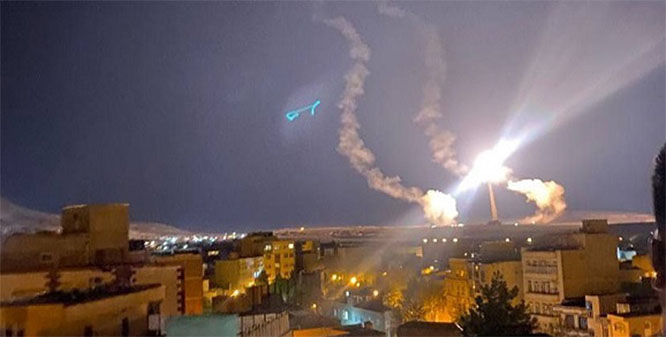Bengaluru: Voting was underway on Friday in the first phase of Lok Sabha polls in 14 constituencies in Karnataka. Polling began at 7 am and will end at 6 pm.
A total of 247 candidates -- 226 men and 21 women -- are in the fray for the first phase covering most of the southern and coastal districts, where more than 2.88 crore voters are eligible to exercise their franchise in 30,602 polling stations.
The Congress and BJP are locking horns on the electoral battleground again in less than a year. This election is witnessing a straight fight between the ruling Congress and the BJP-JD(S) combine unlike the Assembly elections in May last year which witnessed a triangular contest among the three parties.
The state has a total of 28 Lok Sabha constituencies. The second phase of polling in the remaining 14 seats is on May 7.
In the first phase, while the Congress is contesting in all 14 seats, BJP has fielded nominees in 11 and its alliance partner JD(S), which joined the National Democratic Alliance in (NDA) in September last year, in three -- Hassan, Mandya and Kolar.
Besides the three, the segments where elections are being held on Friday are: Udupi-Chikmagalur, Dakshina Kannada, Chitradurga, Tumkur, Mysore, Chamarajanagar, Bangalore Rural, Bangalore North, Bangalore Central, Bangalore South and Chikkballapur.
According to Election Commission, 1.4 lakh polling officials are on duty for the first phase. Besides them, 5,000 micro-observers, 50,000 civil police personnel, and 65 companies of Central Paramilitary Force and State Armed Police force of other States have been deployed for security. All the 2,829 polling stations of Bangalore Rural parliamentary constituency are being webcast.
"This is as per the request of our returning officers and observers; so we have given more than double the Central paramilitary force for Bangalore Rural constituency. Seven companies of Central paramilitary forces have been inducted at the constituency since April 22," Karnataka Chief Electoral Officer Manoj Kumar Meena has said.
In fact, out of the total 30,602 polling stations in the first phase, 19,701 are webcast, and 1,370 covered via CCTVs, he had added. Chikkaballapur has a maximum number of 29 candidates, followed by 24 in Bangalore Central, and Dakshina Kannada has the least number at nine.
JD(S) leader H D Kumaraswamy from Mandya, his brother-in-law and noted cardiologist C N Manjunath from Bangalore Rural on a BJP ticket against Deputy CM D K Shivakumar's brother and MP D K Suresh of Congress, and erstwhile Mysuru royal family scion Yaduveer Krishnadatta Chamaraja Wadiyar from Mysore, from the BJP, are among the prominent candidates in the fray in the first phase.
Also in the contest are BJP MP Tejasvi Surya from Bangalore South pitted against Minister Ramalinga Reddy's daughter Sowmya Reddy of Congress, and Union Minister Shobha Karandlaje on BJP ticket from Bangalore North against former Indian Institute of Management Bangalore professor M V Rajeev Gowda of Congress.







Comments
Add new comment